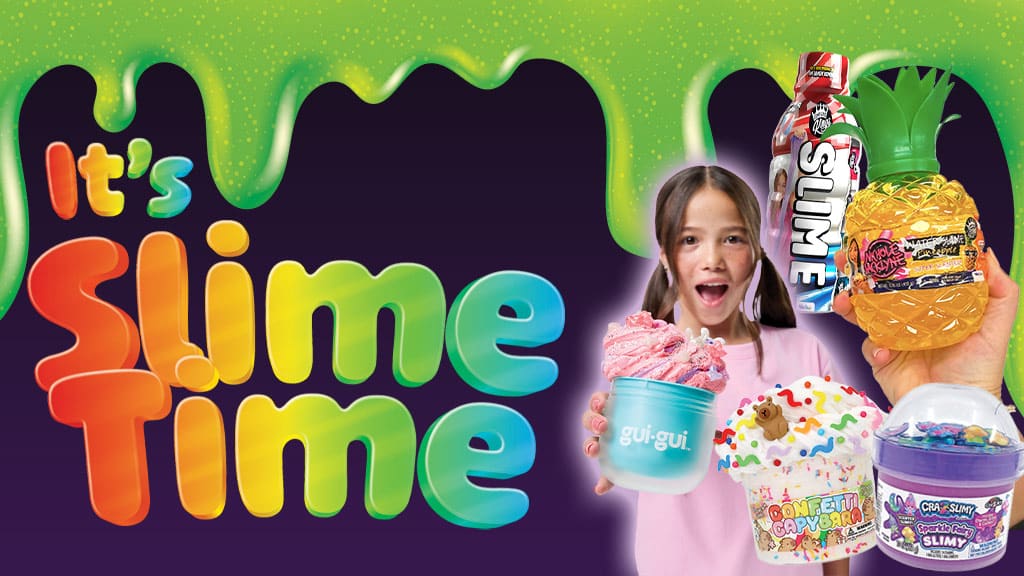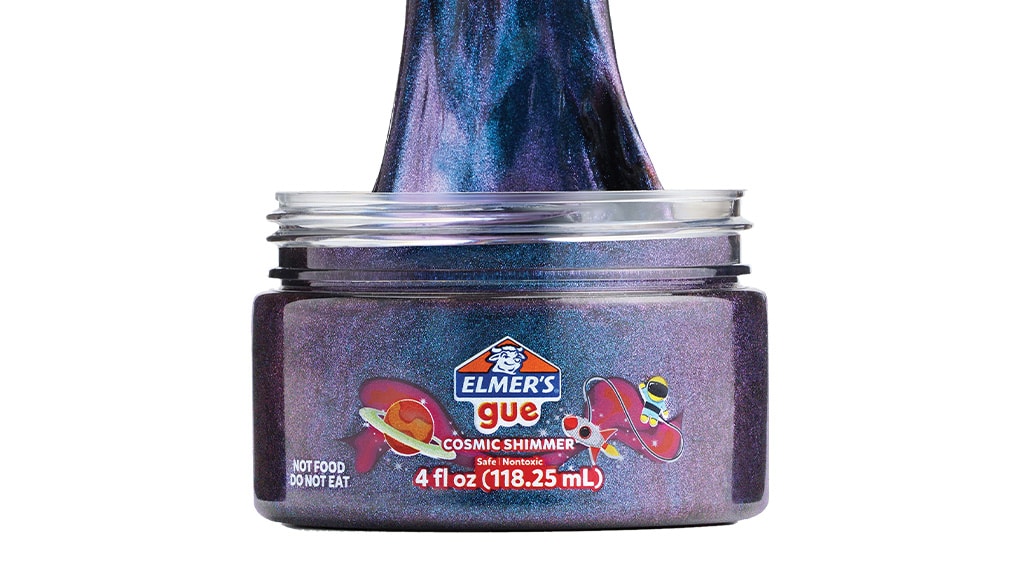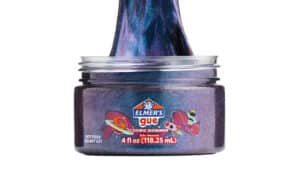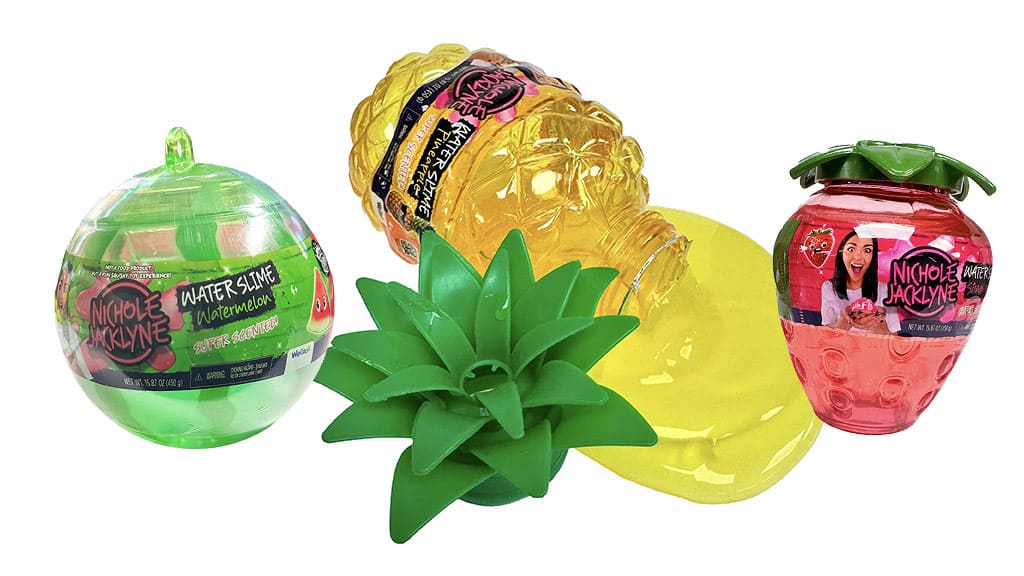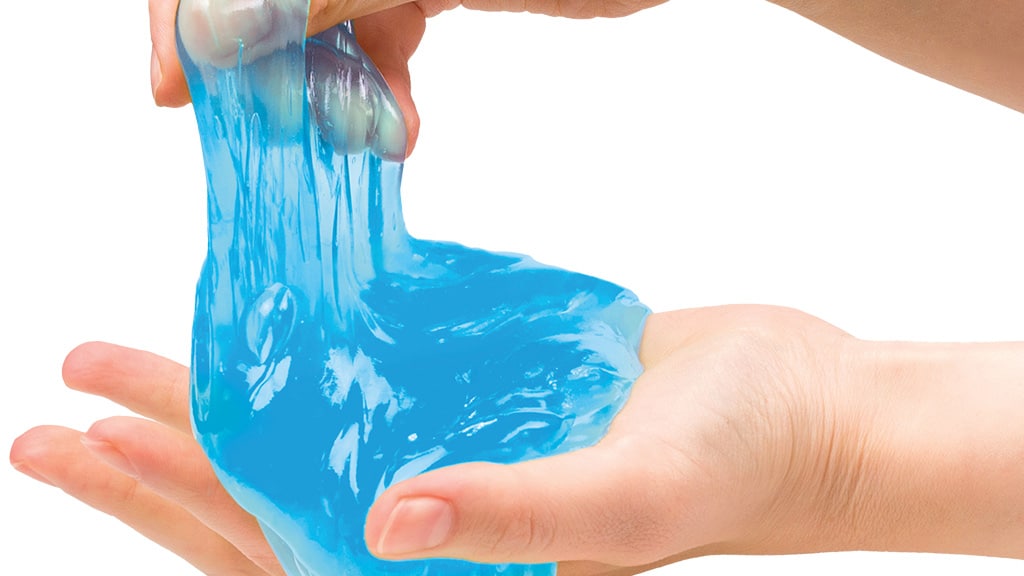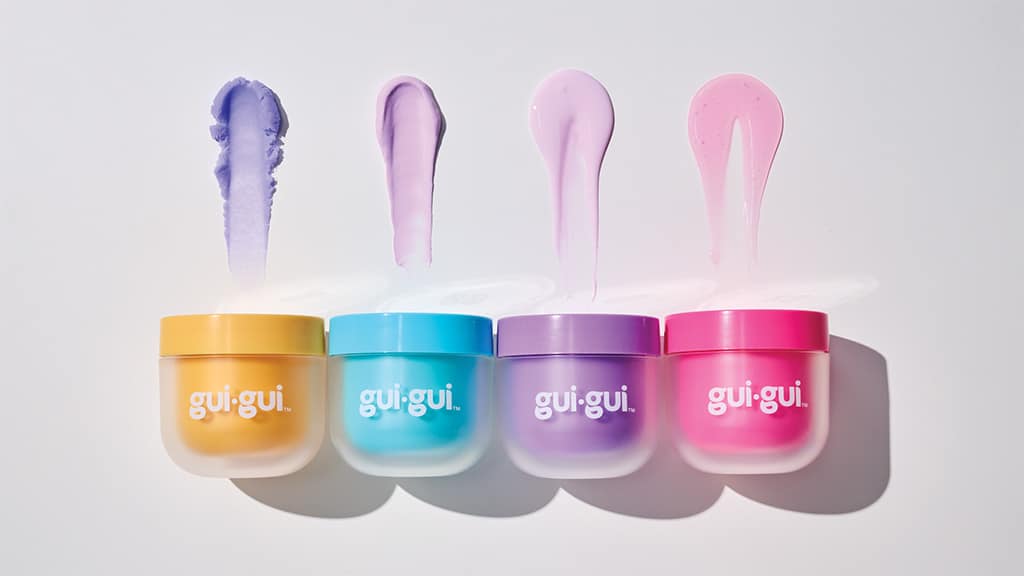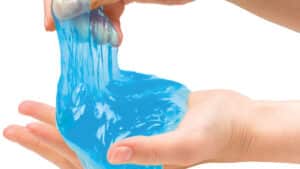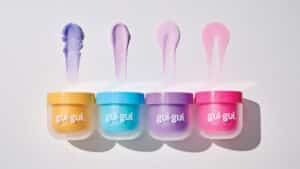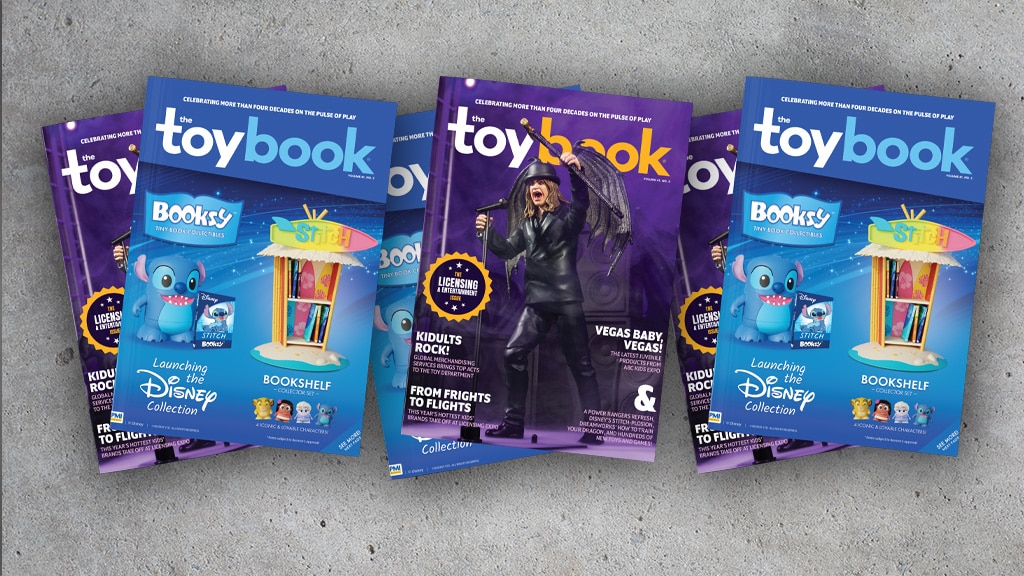Slime: It’s ooey, it’s gooey, it’s kind of weird, and it’s everywhere … again.
While walking the floor of Toy Fair in New York City in March, visitors could not turn a corner without seeing a brand showing off its collection of compounds. As new dolls and plush were being fawned over, slime was squeezed, stretched, and even sniffed.
While squishy compounds such as Play-Doh have been around for decades, slime, as it stands now, is a playful phenomenon that has evolved. From its roots on Nickelodeon and in Ghostbusters, the icky sticky goo spawned a DIY trend where kids made slime out of glue, eventually leading to toy companies — and Elmer’s — taking note and creating an entirely new category.
Mark Whiteaker, the founder of Dope Slimes, started his business when he was 14. He created and sold slime in the hallways of his school, a fairly trendy hobby among teens circa 2016. The company is now a prominent leader in this niche corner of the toy industry.
“They thought it would be a short-lived trend, but before long they were the No. 1 selling slime, top-selling toy on Etsy,” says Trace Addlesperger, Chief Business Officer of Dope Slimes. Thousands of specialty retailers now carry Dope Slimes’ products.
Addlesperger says that as the first wave of the slime trend started to reach its sunset years and fade away around 2019, another icky “compound” was just around the corner, one that revived the industry as an unexpected side-effect: COVID-19.
“With everybody being at home isolated and on their phones a ton, slime just blew up again [during the pandemic], because people were watching videos and spending time on apps like TikTok and Instagram,” Addlesperger says.
Today, the social strategy for setting one slime apart from the next is to promote it using influencers to score that viral appeal. But what makes all these slimes different?
Moose Toys, known for its stretchy, squishy Heroes of Goo Jit Zu, put a new, TikTok-inspired twist on slime this year. With beauty product unboxings trending on social media and captivating millions of kids, tweens, and teens who glorify brands like Sephora and Ulta, Moose made its signature slime, Gui Gui (pronounced “Gooey Gooey”), stick out from the pack by basing it on this hyper-specific aesthetic.
“We do want to make sure that kids are still being kids, so we are taking the beauty trend and bringing it back into toys,” says Mallory Van Laeken, Director of U.S. Marketing for Moose. “We have that beauty aesthetic that girls love, but it is still a toy; we want to keep them kids.”
Moose’s Gui Gui collection invites kids to “Beautify Your Slime” and features jars packaged like beauty products, with scents as luxurious as perfumes.
Of course, there’s science and research behind slime, and companies compete to make their products different.
“For us, it’s staying on the forefront of textures and scent and mixers and making sure that children have new ways to explore and create new compounds,” says Jeff Osnato, President of WeCool Toys, maker of Compound Kings. “Things like cotton candy, bubble gum, and blue raspberry are important scents that stimulate the creativity of mixing and coming up with different compounds. Customization is a huge thing in compounds.”
Cra-Z-Art, which had decades of success in arts, crafts, and puzzles before entering the slime arena, avoids President Trump’s ongoing tariffs by producing its slime in the U.S.
“We are a family company that has always been a manufacturer in the USA. Based on the tariffs, we are in the catbird seat,” says Cra-Z-Art CEO Larry Rosen.

“We are manufacturing all of the compounds as we speak, but equally important is that we make all the plastic that goes into the making of slime, such as jars and caps, and the glue itself that the slime is made out of,” Rosen adds.
While products across the toy industry face stiff tariff pressures, companies like Cra-Z-Art and Dope Slimes, thanks to their domestic strategy, are well-positioned to help retailers stock their shelves in the coming months.
“We know how to do it and are good at it. After 48 years personally navigating and leading our company, I know how to manufacture and adjust to these conditions, even though they are extreme, and you don’t know what will happen next,” Rosen says.
In the long history of the American toy industry, slime has a short timeline so far, but it will be interesting to see where it goes, how long it lasts, and how unique each company can make it. Just like Rosen says, “You never know what can happen next.”
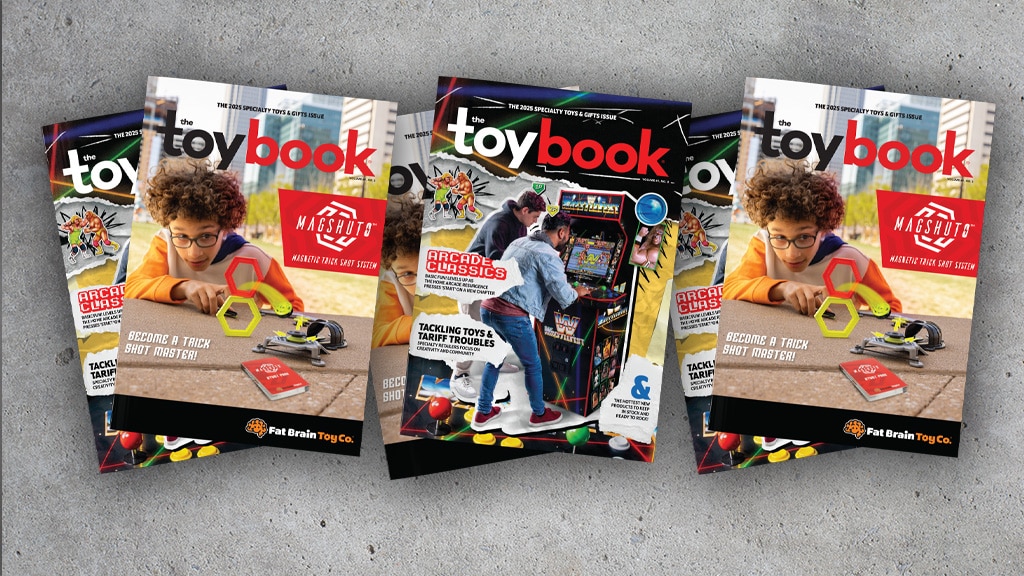
Stay on the Pulse of Play!
A version of this feature first appeared in The Toy Book‘s 2025 Specialty Toys & Gifts Issue. Click here to read the full issue!
Want The Toy Book delivered straight to your desk? Subscribe here and never miss a beat in the world of toys and play! Get seven big issues in print each year.

